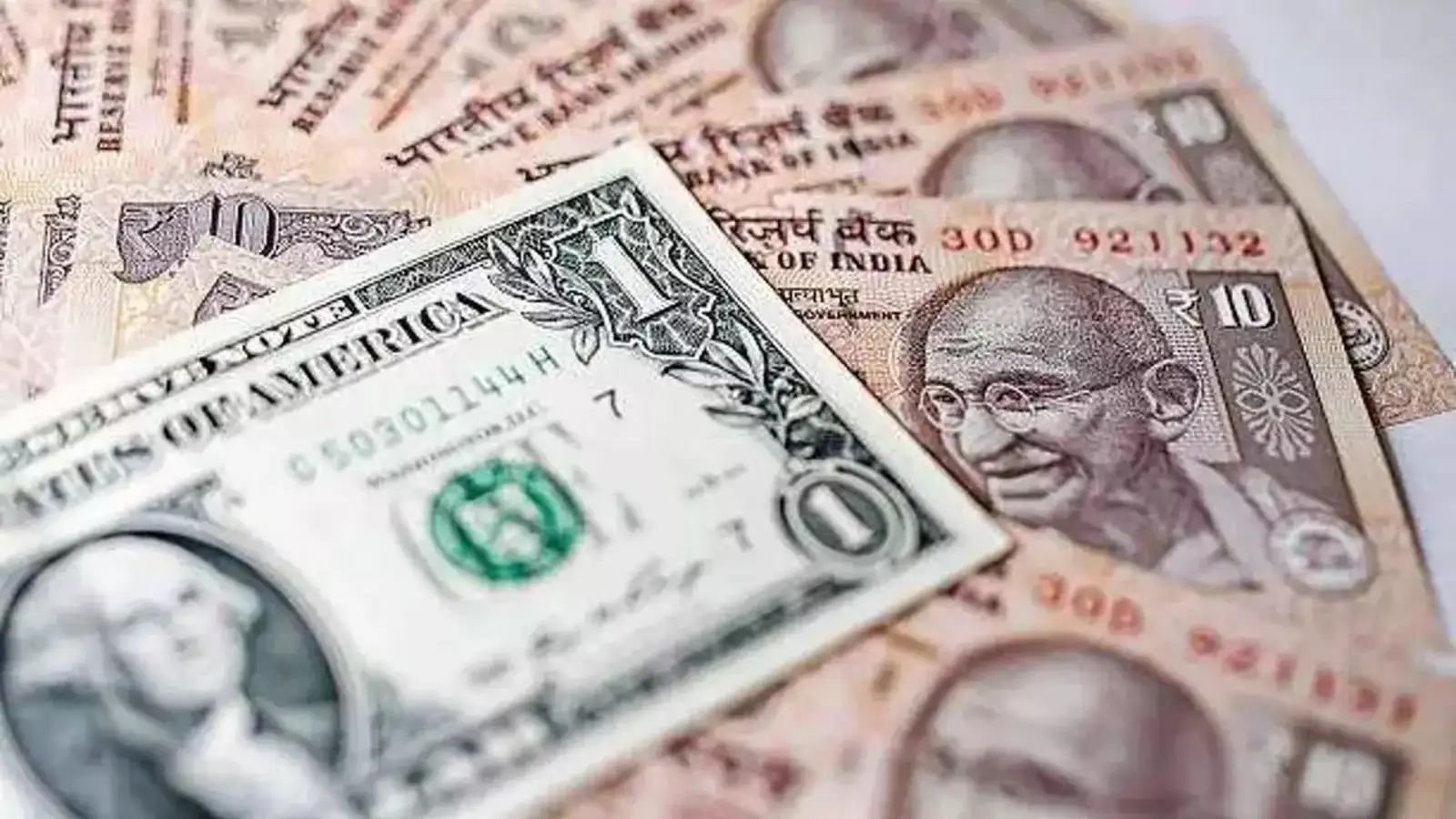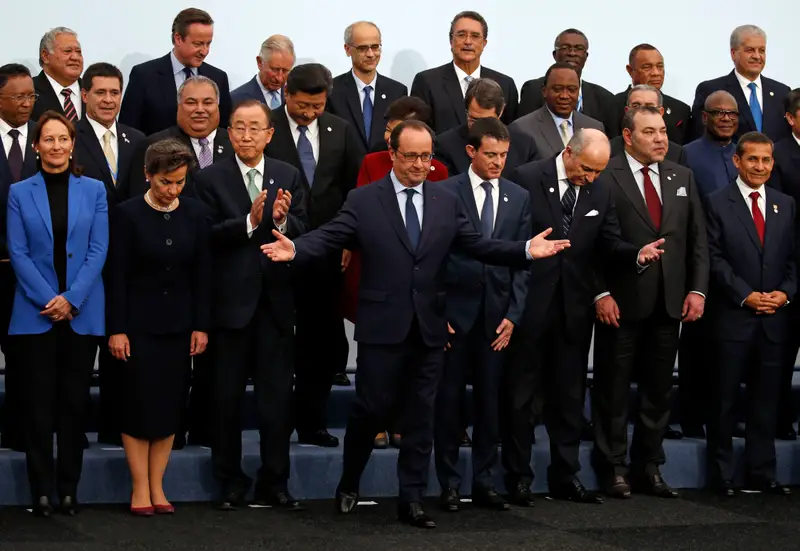🇮🇳 Indian Rupee Strengthens Against U.S. Dollar: What’s Behind the Surge?
The Indian Rupee has recently gained strength against the U.S. Dollar, bringing optimism to the financial markets and policymakers. The move reflects a combination of global economic trends, strong foreign inflows, and strategic interventions by the Reserve Bank of India (RBI). But what does this really mean for the average Indian, the government, and global investors?
📉 Recent Trends in INR vs USD
In the past few weeks, the INR has appreciated steadily, reaching its strongest level in months against the U.S. Dollar. This upward movement is seen as a reflection of:
Softening crude oil prices, reducing India’s import bill
Stable inflation data
Strong foreign portfolio investments (FPIs) into Indian equities
Improved export performance in certain sectors like IT and pharmaceuticals
🏦 Role of the Reserve Bank of India (RBI)
The RBI plays a crucial role in managing the exchange rate through its interventions in the forex market. While the central bank allows the rupee to float freely, it steps in when necessary to curb excessive volatility.
Recent data shows that the RBI has been active in maintaining liquidity, controlling inflation, and ensuring that the currency reflects true economic fundamentals without being overly volatile.
🌍 Global Factors at Play
The rupee’s strength is also partly due to global factors:
The U.S. Federal Reserve's dovish stance on interest rates
Weakening of the U.S. Dollar Index globally
Better-than-expected performance of emerging markets like India
Reduced fears of global recession
📊 What It Means for India
A strong rupee has both positive and negative implications:
Positive Effects:
Lower import costs (especially crude oil and electronics)
Helps reduce inflation
Boosts the value of the Indian economy globally
Negative Effects:
Can make Indian exports slightly less competitive
Potential earnings pressure on sectors that rely on dollar revenue (like IT)
🔍 Expert Opinions
Economists suggest that if the rupee maintains this trend, it could provide the Indian government with fiscal breathing space and encourage foreign investments further. However, they caution that the currency should not strengthen too rapidly, as it could hurt exporters.
📌 Conclusion
The strengthening of the Indian Rupee against the U.S. Dollar is a positive signal for the economy and indicates macroeconomic stability. However, the road ahead will depend on global monetary policies, crude oil trends, and domestic fiscal management.













Recent Comments
No comments yet.